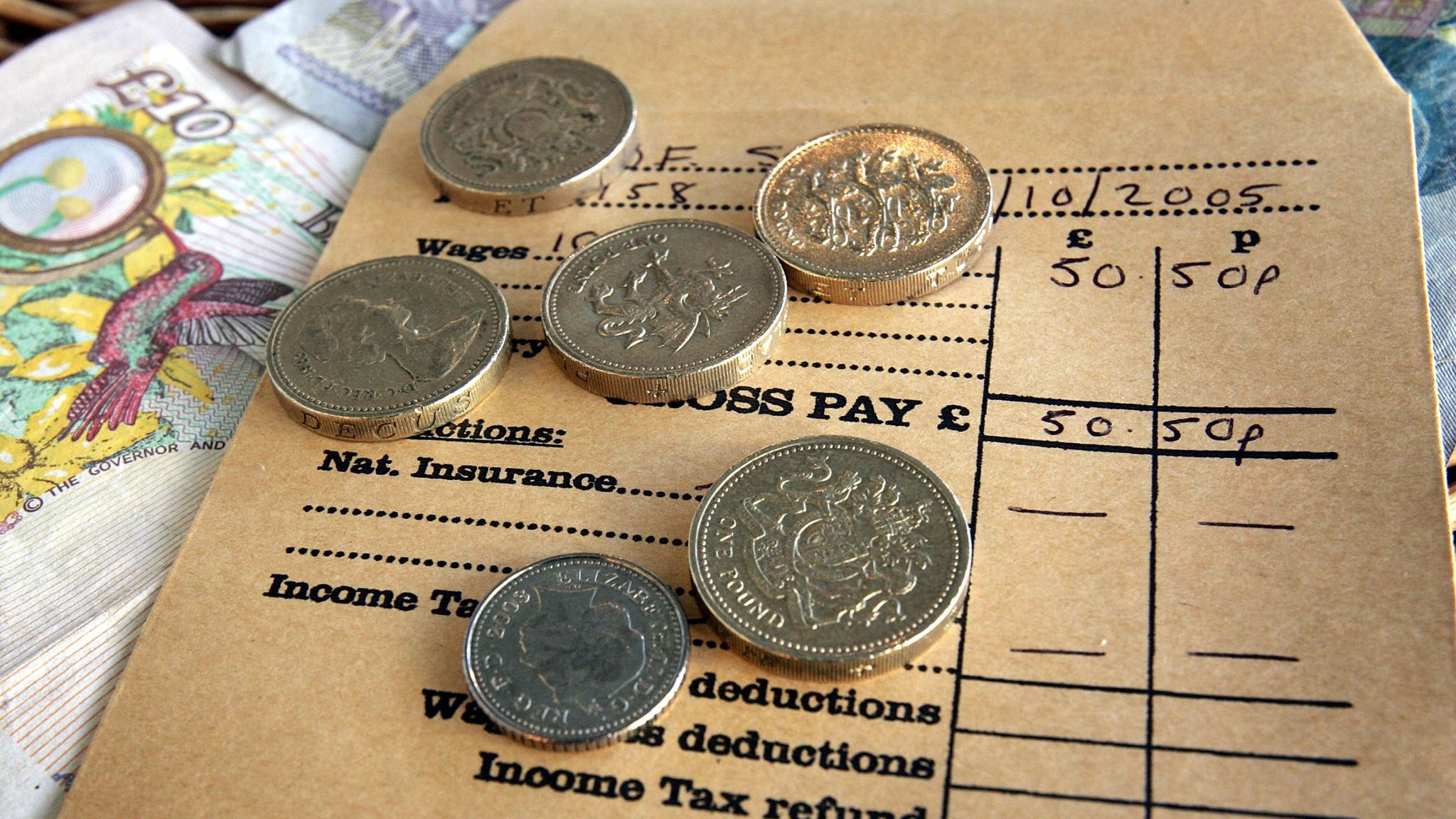The pound dipped on Thursday, but still headed for a fourth weekly gain versus the dollar, after another round of UK data fed into the view that the Bank of England may not have as much scope to cut rates at its August meeting.
Official UK data showed average weekly earnings excluding bonuses - a key gauge of inflation pressure for the BoE - grew by 5.7% in the three months to the end of May compared with a year earlier, in line with median forecasts.
Sterling was last 0.1% lower at $1.2995, having traded at a session high of $1.30125 right before the wage growth numbers. "The slight decline in wage growth will be welcome to the Bank of England, after the disappointing services inflation yesterday. There is still some key data to come before the August Monetary Policy Report but the decision is very finely balanced,” Hetal Mehta, head of economic research at St. James’s Place, said.
On Wednesday, the monthly consumer price report showed service-sector inflation, another of the BoE's areas of concern, held at 5.7%, while headline inflation remained at 2%.
Economic growth is also picking up. A report on July 11 showed total British gross domestic product increased by 0.4% in May, after zero growth in April, above forecasts for a rise of 0.2%.
Futures markets are attaching a 40% chance of a quarter-point cut to 5.0% when the BoE meets on Aug. 1, down from 50% at the start of the week and from 60% at the start of July.
The pound crossed the $1.30 mark for the first time since July last year on Wednesday and is up 2.1% so far this year against the dollar, making it the best-performing major currency of 2024, after last year's 5.3% rise. In 2023, sterling lost out on the top spot to the Swiss franc , which gained 9%. But that currency has been under relentless pressure this year, losing 5% in value.
Much of the pound's strength has been driven by a weakening in the dollar, as investors have priced in the prospect of a drop in U.S. interest rates that could materialise as early as September.
Over the coming six months, traders are betting on UK rates dropping to around 4.60%, compared with an estimate of 4.25-4.75% in the United States and above the projected 4.55% in New Zealand, currently home to the highest rates across the G10. Viewed through the lens of the euro , sterling's muscle is evident. The pound has risen 3% in 2024 against the euro to its strongest in nearly two years.










